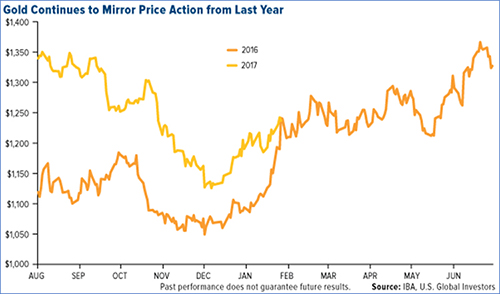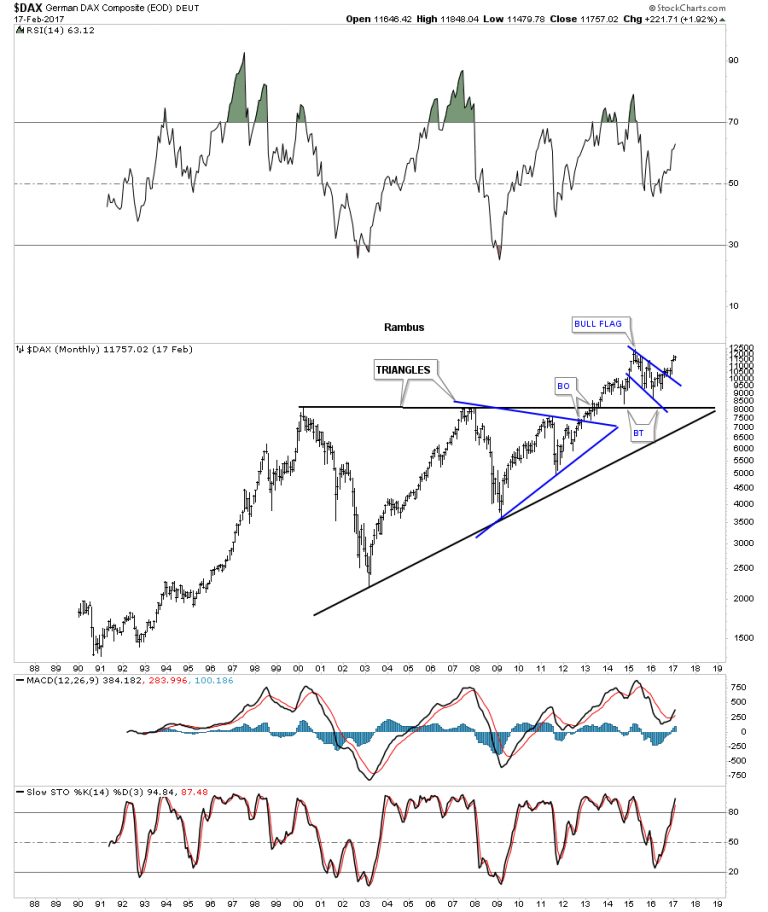Gold & Precious Metals

 We have become pawns in the game of Chess being played by the Federal Reserve Bank. Who is their opponent? Anybody else who makes a move.
We have become pawns in the game of Chess being played by the Federal Reserve Bank. Who is their opponent? Anybody else who makes a move.
Week in, week out, everyone’s eyes and ears seem fixed on what the Federal Reserve Board will say or do. Mostly, it is about what they say. That’s because they can’t really do much of anything.
Except inflate the supply of money and credit. Which they have been doing for over one hundred years. And they are good at it, too. The historic erosion in value of the US dollar should merit more acclaim – or outrage. Unfortunately, the Fed is good at shifting the focus of concern to their opponent(s).
In their various statements, members of the Federal Reserve Bank often refer to their policies, decisions, and efforts in ways that make them sound sincere about their attempt to “manage the economy”. And, admittedly, they are sincere in that attempt. The trouble is, it is an impossible task.
The US Federal Reserve has led us down a primrose path by virtue of their self-proclaimed intention to manage and modify the stages of the economic cycle (prosperity, inflation, recession, depression).
….related by Larry Edelson: Why you shouldn’t fear rising interest rates …


Before we look at some of the 2009 bull market uptrend channels there are a couple of more big consolidation patterns I would like to show you on some of the stock market indexes. The $DAX, German stock market, broke out of its 13 year triangle consolidation pattern back in 2012. Late last year it broke out of the blue bull flag with a nice clean backtest to the top rail. The big triangle consolidation pattern also had a smaller triangle as part of its internal structure.
…continue reading this remarkable examination of stock markets HERE

 Every few years, it seems, one or another mismanaged eurozone country falls into one or another kind of crisis. This leads to speculation about the end of the common currency, which in turn spooks the global financial markets. Then the ECB conjures another trillion euros out of thin air, buys up and/or guarantees all the offending country’s bonds, and calm returns for a while.
Every few years, it seems, one or another mismanaged eurozone country falls into one or another kind of crisis. This leads to speculation about the end of the common currency, which in turn spooks the global financial markets. Then the ECB conjures another trillion euros out of thin air, buys up and/or guarantees all the offending country’s bonds, and calm returns for a while.
At least, that’s how it’s gone in the past.
The latest crisis has more than the usual number of flash-points and could, therefore, be something new and different. Currently:
Greece. This charming but apparently ungovernable country only got into the eurozone in the first place because its corrupt leaders conspired with Goldman Sachs to hide the true condition of the government’s finances. It quickly blew up and has been on intensive care ever since. Now the latest bailout has become deal-breakingly messy:
‘From bad to worse’: Greece hurtles towards a final reckoning
(Guardian) – With another bailout set to bring more cuts, quitting the euro is back on the agenda.
The country’s epic struggle to avert bankruptcy should have been settled when Athens received €110bn in aid – the biggest financial rescue programme in global history – from the EU and International Monetary Fund in May 2010. Instead, three bailouts later, it is still wrangling over the terms of the latest €86bn emergency loan package, with lenders also at loggerheads and diplomats no longer talking of a can, but rather a bomb, being kicked down the road. Default looms if a €7.4bn debt repayment – money owed mostly to the European Central Bank – is not honoured in July.
Amid the uncertainty, volatility has returned to the markets. So, too, has fear, with an estimated €2.2bn being withdrawn from banks by panic-stricken depositors since the beginning of the year. With talk of Greece’s exit from the euro being heard again, farmers, trade unions and other sectors enraged by the eviscerating effects of austerity have once more come out in protest.
This is the irony of Syriza, the leftwing party catapulted to power on a ticket to “tear up” the hated bailout accords widely blamed for extraordinary levels of Greek unemployment, poverty and emigration. Two years into office it has instead overseen the most punishing austerity measures to date, slashing public-sector salaries and pensions, cutting services, agreeing to the biggest privatisation programme in European history and raising taxes on everything from cars to beer – all of which has been the price of the loans that have kept default at bay and Greece in the euro.
The arc of crisis that has swept the country – coursing like a cancer through its body politic, devastating its public health system, shattering lives – has been an exercise in the absurd. The feat of pulling off the greatest fiscal adjustment in modern times has spawned a slump longer and deeper than the Great Depression, with the Greek economy shrinking more than 25% since the crisis began.
Even if the latest impasse is broken and a deal is reached with creditors soon, few believe that in a country of weak governance and institutions it will be easy to enforce. Political turbulence will almost certainly beckon; the prospect of “Grexit” will grow.
Italy. A few months ago the centrist president, Matteo Renzi, resigned after losing a referendum (don’t bother with the details, they were never very interesting and in any event have been overtaken by events), making a new election necessary. There was a chance that Renzi would be returned to office, which would reset the clock on Italy’s inevitable descent into Greek-style chaos. But yesterday he resigned, throwing the upcoming elections into disarray and opening the door to eurosceptic populists. Combine political turmoil with a moribund banking system and Italy becomes a prime candidate for Big European Crisis of 2017.
Italy’s Renzi resigns as party leader, in tussle over how to counter rise of 5 Star
(MarketWatch) – Italy’s governing center-left Democratic Party was locked in a fierce battle Sunday over the best way to pull the country’s economy out of the doldrums and blunt the momentum of antiestablishment politicians—as mainstream politicians across the Continent struggle to come up with winning strategies in a year of major elections across the European Union.
Former Prime Minister Matteo Renzi, who resigned as premier after losing a referendum vote on constitutional changes in December, formally stepped down as leader of the party after facing sharp criticism for his inability to stem the mounting popularity of the rival 5 Star Movement, a euroskeptic party that wants Italians to have a national vote on whether to leave the eurozone.
5 Star, which opposed Renzi’s proposals in the plebiscite, and the Democrats are running neck-and-neck in public-opinion polls. Both parties have pushed for fresh parliamentary elections this year. The country is now being run by a caretaker administration.
France. Each new immigration horror story adds a bit to the popularity of the anti-immigration National Front, and increases the odds that party leader Marine Le Pen makes a strong showing in upcoming elections. The odds are still against her actually winning, but as the polls tighten, French bonds are sold off by nervous traders, widening the spread between French and German yields. A widening yield is a sign of approaching trouble:
Political Turmoil Returns To Europe: French-German Spread Blows Out
(Zero Hedge) – European political fears have returned this morning, leading to a blow out in French government bond yields, pushing the 10y yield now higher by 5bps and 5y up 8bps, as early losses extend after latest poll shows support for anti-euro presidential candidate Marine Le Pen rising
As a result, the French-German 10Y govt spread has jumped to 85 bps, following an accelerated selloff, to the widest level since July 2012.
And those are just the front-burner problems. The Dutch are also holding general elections next month in which their version of Donald Trump will likely be the leading vote-getter. Germany has two elections this year, and opposition parties are gaining on Chancellor Angela Merkel. So there will be no shortage of scary headlines from the Continent going forward.
Why should non-Europeans care about any of this? Because the EU is the biggest economic entity on the planet and the euro is the second most widely-held currency. Turmoil there means turmoil everywhere else, though the form is hard to predict. A euro crisis might send terrified capital into US stocks and bonds, extending the bull market in domestic financial assets – and making the current US administration look like a bunch of geniuses. Or it could spook capital out of financial assets altogether, crashing stocks and bonds while boosting the price of real things like farmland, solar farms and precious metals. Or it could buoy all US assets, with “anywhere but Europe” becoming the dominant investment theme for a while.
OR the ECB could try to paper over the mess by devaluing the euro even further, setting off a trade war with the US, Japan and China, all of whom need weaker not stronger currencies to hide their own financial mismanagement.
….also:



















